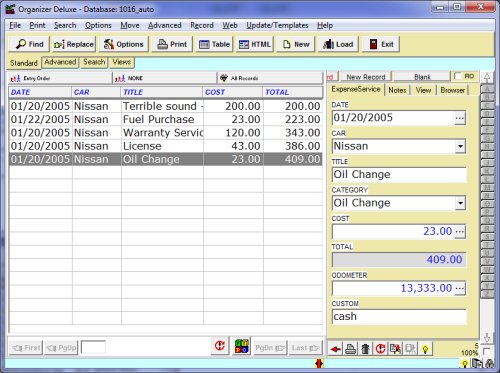

In a lease, the lessor will transfer all rights to the lessee for a specific period of time, creating a moral hazard issue. One major disadvantage of leasing is the agency cost problem. For an operating lease, the company will create an expense instead of a liability, allowing the company to obtain financial funding – often referred to as “off-balance-sheet financing”.Leasing involves 100% financing of the price of the asset.After-tax costs are lower because tax rates are different for the lessor and the lessee.Payment schedules are more flexible than loan contracts.Leasing provides a number of benefits that can be used to attract customers: The net present value (NPV) of minimum lease payments is at least 90% of the asset’s fair value.The life of the lease is for a significant portion of the useful economic life of the asset (generally, 75% or more).This option is usually determined at the beginning of the lease. There is a bargain purchase option – an option given to the lessee to purchase the asset at a price lower than its fair value at a future date (typically the end of the lease term).Whether the risks and rewards have been fully transferred can be unclear sometimes, thus IFRS outlines several criteria to distinguish between the two leases.Īt least one of the following criteria must be met in order to consider the lease a financing lease: Otherwise, it is an operating lease, which is basically the same as a landlord and renter contract. Under ASPE, financing leases are called capital leases. If these risks and rewards have been fully transferred, it is called a financing lease under IFRS Standards. In order to differentiate between the two, one must consider how fully the risks and rewards associated with ownership of the asset have been transferred to the lessee from the lessor. The two most common types of leases are operating leases and financing leases (also called capital leases).

Operating Lease vs Financing Lease (Capital Lease) This step-by-step guide covers all the basics of lease accounting. Leases are contracts in which the property/asset owner allows another party to use the property/asset in exchange for something, usually money or other assets. The two most common types of leases in accounting are operating and financing (capital lease) leases.


 0 kommentar(er)
0 kommentar(er)
